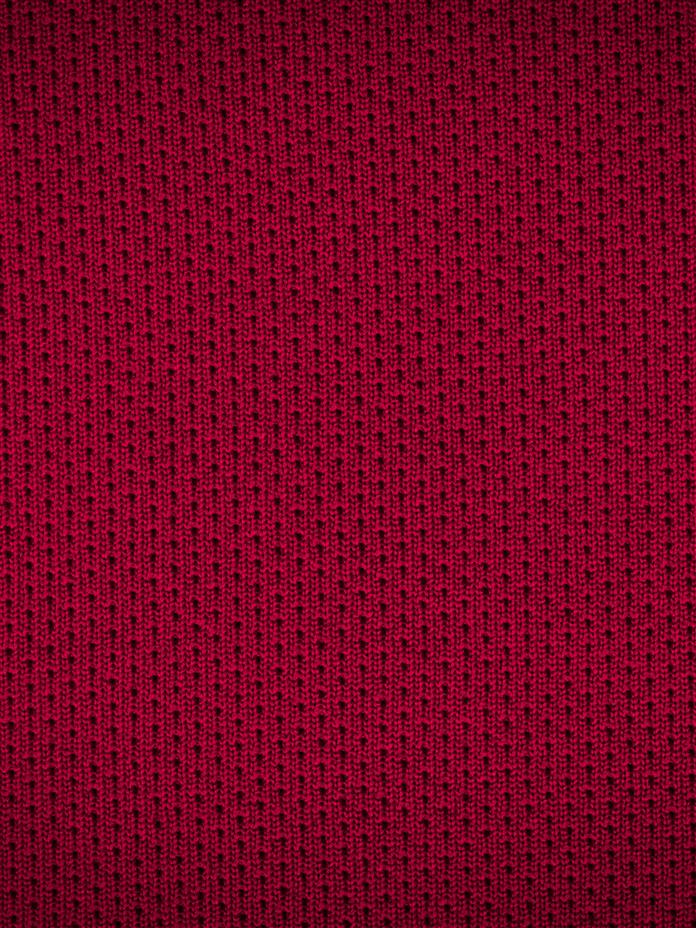
Tap to Read ➤
Forward Head Posture Treatment Options
Preeti Sunil


As you're attempting to read this, check out the position of your head to the rest of your body. Is it resting in front, almost jutting out? Is your neck moved forward instead of being aligned with your hips? If yes, you could be suffering from Forward Head Posture and cervical kyphosis. Not necessarily a life-threatening condition, FHP is undesirable.

A forward head posture (FHP) is characterized by anterior positioning of the spinal portion behind the neck. This abnormal positioning causes increasing discomfort over time as the weight of the head pulling forward causes strain to the muscles around the neck, spine and even the shoulders.

While a forward head posture is not really a disease, it is a major postural imbalance. Whatever the cause of the imbalance, we do not tend to pay much attention to the problem until ultimately the wrong posture becomes our "normal" posture. Gradually, the muscle strain begins to affect the spine.

A sedentary lifestyle, staring into the computer screen for hours together, lack of exercise leading to tightening of muscles, etc., compound the problem.

A constant "pain in the neck" will cease to be an idiomatic expression and become a literal physical condition. However, before we look at the forward head posture treatment options, let us find out the causes of this condition. Inspecting the causes will help you decide what mode of treatment would alleviate you from the pain.

Causes and Risk Factors of FHP
FHP is a very common occupational hazard. If your job requires you to bend your neck and stoop forward, such as: looking into a microscope, carrying a heavy backpack, reading or typing while looking down, gazing at a screen, performing a surgery etc., for a prolonged period, then over time FHP becomes your dominant posture.

If you have ignored FHP (surprisingly, the most common posture seen in people) thinking that it's no big deal, think again! And there are some potential effects (side effects really!) of FHP that may infuse some urgency in your intention to get it treated.

Cervical degenerative disc disease, cervical osteoarthritis, temporomandibular joint dysfunction (TMJ) and fibromyalgia are some painful conditions that can be caused due to FHP.

An abnormally curved upper spine puts pressure on the brain stem which can cause neurological problems. As time passes, the postural imbalance reduces the vital lung capacity by as much as 30% due to the strain caused to the muscles around the rib area.

The reduction in lung capacity and resulting dysfunctional breathing can potentially hamper the cardiovascular and gastrointestinal functions of the body. In addition, FHP inhibits endorphin release (endorphins are hormones released by the brain to counter pain) resulting in sensations of pain which would not have been felt otherwise!

If you have chronic neck pain, headaches, tingling sensation in the shoulders and limbs and chronic fatigue in addition to a bad posture characterized by outward stretching head, make an appointment with the doctor soon.

Postural Assessment and FHP Treatment Options

You can diagnose FHP yourself with help from a friend. Stand sideways on your bare feet (preferably in front of a mirror) with your arms positioned on your sides. Keep your back erect and look straight ahead (as you normally would) and have your friend look at you from the side. Your ear, shoulder, hip, knee and ankle must be in alignment when viewed laterally.

If your ear is extending forward compared to the rest of the alignment, it is indicative of your head leaning forward. In that case, you may have forward head posture. In addition to your head extension and side flexion, the doctor may diagnose FHP by inquiring about chronic musculoskeletal pain, recurrent upper back pain, headaches, etc.

Depending on the cause of FHP, different methods of treatment are available to correct the postural imbalance.

Exercises and Devices to Correct Posture
If you think you have a tendency to lean your head forward but have not yet experienced any other painful effects of FHP, you're lucky. All you have to do is undo your leaning habit. The following simple exercises when performed regularly can be extremely effective in restoring your posture.

- Start with being aware of your posture at all times. Don't lean your head on your hand and consciously avoid slouching. Remember that these are habits that you have formed, all you have to do is form a new habit of not doing it!

- If you have a sedentary job, make sure you have a comfortable (ideally ergonomically perfect) chair. The chair should support your back all the way down to your tail bone to avoid arching your back.

In the beginning, consciously check the way you're sitting and correct yourself often. Stand up at your seat and lightly stretch and move; do this frequently. With time, sitting in an upright position will also begin to feel normal and more comfortable.

- Glide your chin backwards until you experience some stress, hold it in place with your finger, repeat this motion a few times. This exercise will help align your neck and head. An extended chin indicates an extending head, push it back in as often as you can.

- Simply stretching the muscles around your neck, shoulders and chest will help correct your posture by relaxing the muscles, thus getting rid of muscle tightness.

- A qualified physical therapist or a chiropractor can help restore your posture using therapeutic massages and treat the chronic pain areas effectively using some special spine exercises and rehabilitative procedures.

- Special cervical traction pillows are commercially available to help FHP patients relax the muscles in the cervical region while sleeping.

Short-term Symptomatic Treatment
- Anti-inflammatory medications, ultrasound, electrical stimulation and cortisone injections may be the immediate mode of treatment for relieving acute pain in the neck and back.

- In addition to other treatments, support braces can be very helpful in temporarily aiding posture correction. Braces can help to straighten the back and serve as a great reminder for the perfect posture, however, they are not a cure for poor posture. You need to practice without braces to be able to maintain the posture at all times.

- Spinal compression may also be treated using inversion therapy (involves hanging upside down) that reduces the tension in the vertebrae by relaxing surrounding muscles and ligaments.

Although widely debated, this mode of treatment has many takers as well. Please seek medical advice before inversion therapy as it is not recommended for everyone, especially not for patients with heart disease or other serious illnesses.

- Laser surgery is also a minimally invasive treatment option. In extreme cases, where the cervical damage is profound with a possible risk of paralysis (typically in trauma cases), surgical spinal decompression may be resorted to.

FHP is a potentially serious condition as the leaning head can put an extra load of up to 30 pounds on your neck. The effects propagate from the neck muscles and vertebrae, perpetuating a domino effect down the entire spine and surrounding organs.

If diagnosed early, by means of a simple self-examination and conscious observation, a few simple changes in your lifestyle, more specifically your posture, then it can help to counteract the potentially harmful effects of FHP.

Do these exercises (sitting upright, chin gliding and simple stretching) on a daily basis and you will soon notice the positive changes. With a little patience and perhaps some help from massage therapists and chiropractors, you may be able to permanently achieve and maintain the correct posture.

Disclaimer: The material provided on this site is for educational purposes only and any exercises and recommendations are not intended to replace the advice of your physician. We encourage you to seek advice from a competent health care professional with regard to your particular condition.